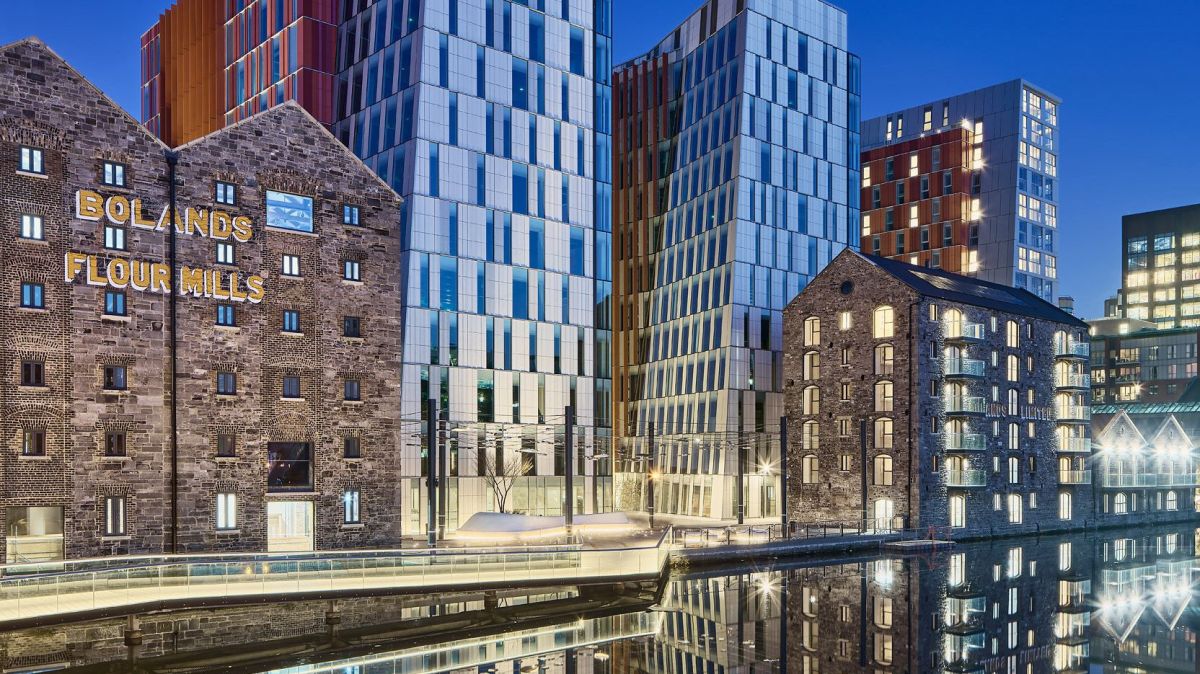The report, titled Boston or Berlin? How does Ireland’s tax and spending compare?, shows that Ireland currently operates as a low-tax, low-spend economy compared to other high-income European countries. However, this is largely due to its young population and strong economic growth, which have kept spending on areas like pensions and healthcare relatively low.
As Ireland’s population continues to age, government spending is expected to increase, particularly in healthcare – an area where Ireland already spends more than its peers. This shift will gradually bring Irish public spending more in line with other European nations.
Despite its high corporation tax intake, largely driven by multinational firms based in Ireland, overall government revenue remains below the European average, at about €4,700 less per person when exceptional corporate tax is excluded. This gap is mainly due to lower levels of social insurance contributions.
Report author Niall Conroy emphasised that if the public expects more government services, this will require higher taxes. He praised the recent establishment of two state savings funds, calling them a “welcome step” toward addressing future costs, but warned they would only offset around 25% to 50% of ageing-related expenses.
Ifac recommends the government save all “windfall” corporation tax revenues, not just the €6 billion currency set aside, to ease future tax hikes and spending cuts. The report concludes that the more Ireland saves today, the less painful the fiscal adjustments will be in the decades ahead.















